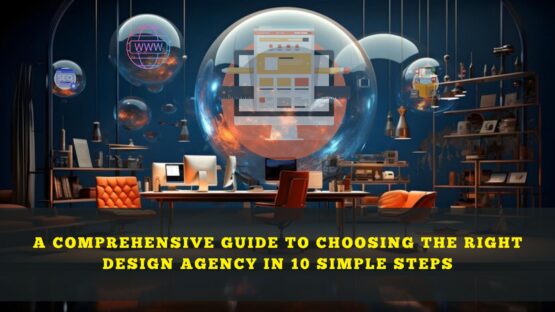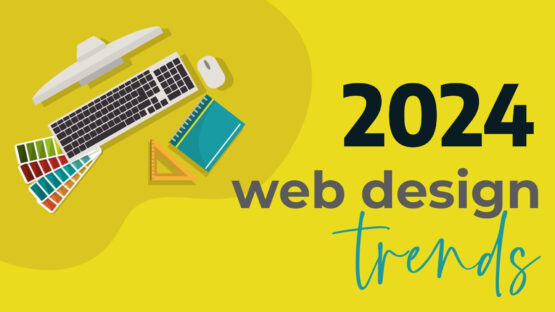Whether you need photographs to re-design your website or to spice up your food blog; one question that always comes up is that “should you go for stock photographs or take your own photos?”
To get a viable answer to that question you need to take a few things into your consideration:
- The number of photos you need.
- The number of times you will need them.
- You monthly or yearly budget on imagery.
- Your possible allocation of time in photographs (including editing, shooting, finding, etc.).
- The kind of photographs you need (e.g., people, nature, still life, etc.)
Once you have laid out your plans and requirements, you may go ahead with making a choice. But, of course, every decision has its own set of pros and cons, and this is no different either. This post can help to throw more light on the matter.
Customers prefer custom-made images while companies prefer stock images
There’s simply no denying the importance of your site’s visual appearance.
Websites are an essential visual medium, and how they look can very well be one of the most vital factors in determining their success in this vastly competitive market. Now, a big chunk of this has to rely on the picture superiority effect.
According to the picture superiority effect, it has been found that people can recall only 65% of the information they have heard 3 days earlier in the presence of a complementary photograph. Without a photograph, they can recall only about 10%.
Even in e-commercial websites, 67% of shoppers admit that the visual quality of product images play a vital role in deciding the fact whether to go for the item or not. To be precise, we can say better imagery means better sales.
Now, what counts as better imagery? Stock or custom made images? Here, have a look at these game-changing facts and decide for yourself:
- According to a study made by the Nielsen Norman Group, consumers are more attracted to photographs of people.
In the test webpage, it was seen that users had spent 10% more time looking at custom-made portraits of people even though text took up 316% more space than images. The stock photos, on the other hand, were presented on the second page and was unfortunately ignored by most. - The VWO blog came up with this report about how Harrington Movers used custom-made images in place of stock photographs to improve their conversion rate by around 45%.
They used two photographs, one of their moving truck and another of their moving crew, and both outperformed their previously used stock photographs having a hugely positive impact on their revenue.
Stock Photography- Pros
- Low Cost
If you are on a tight budget, stock photography is your most viable option.
The photographs are affordable, and you will be given the option to buy them individually or in a package.
Most stock photography sites price their images on the basis of resolution. So if you are purchasing one for your website, it’s going to cost you much less over the one required for a poster or a flyer.
Choosing stock images also helps in saving you a whole lot of money that you would’ve been compelled to spend on hiring a model and a photographer, or on various equipment rents and props. Plus, various stock images companies offer different price points for their wares, so finding an inexpensive option won’t be much of a problem.
- Diversity
Go to any stock photography site (iStock, Getty Images, Corbis Images, Shutterstock, etc.), and you will find thousands of images available for purchase at any point in time.
Photographers from all around the world contribute to these sites which is great if you live in London in need of a photograph of the Rocky Mountains in North America. You will also come across a lot of objects and abstract photographs that you can use depending on your requirements.
- Fast
If you need some quick photographs, stock photography is the way for you to go. All stock images are instantly available for download making them a huge time-saver for any project.
- Quality
Almost all stock image websites have strict requirements for their photographs. They have to pass a certain standard for lighting, color, noise, resolution, and more.
When you purchase a stock image, you know it for sure that it has passed some rigorous standards and will be of excellent quality for sure. You will also be given the option to see the image in low resolution before making the purchase. This allows you to ensure that your purchase is up to your quality standards before you take the leap of faith.
Stock Photography- Cons
- Not Exclusive
Since stock images are readily available on the internet, you will have to be aware that other companies can use them as well.
This means your competitors may very well use the same photo you are using right now. So, if you’re trying your best to be a standout among the crowd, this could completely undermine your laborious marketing efforts.
- Design hindrance
When you hire a professional web designer for a branding or marketing project, you can expect them to be creative and consistent with your brand.
Stock photography can create a series of unwanted limitations that can hinder your design as a whole. A designer will not be able to create a unique and custom design if s/he is limited to the use of stock photography.
Most importantly, your service or product will not be represented precisely by your marketing materials.
- Predictable
Photographers contributing images to stock photography sites typically try to submit photos that have the high odds of getting used by a lot of people irrespective of their trade requirements.
They rely more on concepts that can appeal to a diverse array of businesses to attract more customers. As a result, a lot of these photographs turn out to be very cliché or predictable. You may lose all your uniqueness because of them.
The Final Verdict
If you are a high budget enterprise, custom photographs are a no-brainer as long as the bill’s being covered on time by your management. If you are not, stock images are your best bet as a cost-cutting alternative. With that, I’ll sign off finally for the day. Hope you had a great read.
Image Courtesy: Pixabay.com




